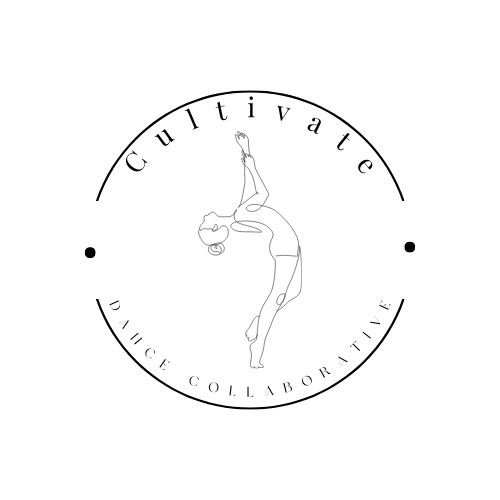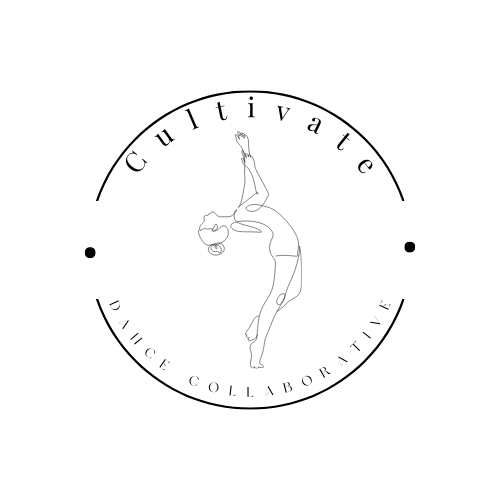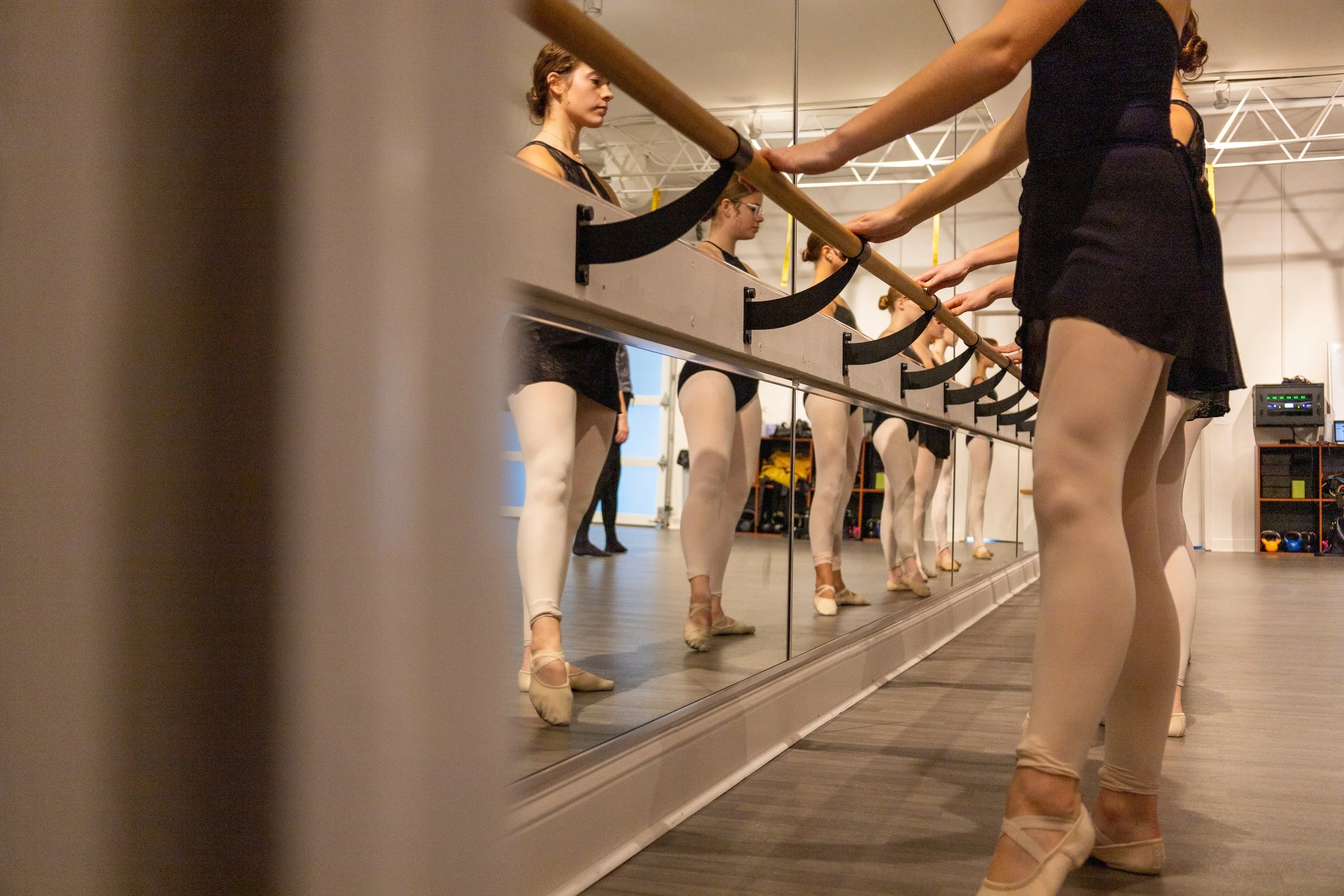Attire
Photo Credit: Crown of Life
Wearing the appropriate dance attire helps the dancer to concentrate on their technique. It also helps the instructor to see the technique being taught, problems with alignment, and other important aspects of dance training. It is important for safety reasons as well to wear the correct shoes and form-fitting clothing.
Ballet
Attire: tights and a leotard (preferably pink tights and solid-colored leotards)
Footwear: pink ballet shoes (canvas or leather), pink pointe shoes as needed
Jazz
Attire: form-fitting clothing such as leggings, tighter sweatpants/joggers, tank tops, t-shirts, or fitted sweatshirts
Footwear: black jazz shoes (canvas or leather)
Modern/ Continuum Modern
Attire: Clothing that enables a wide range of motion. Clothing such as leggings, tighter sweatpants/joggers, tank tops, t-shirts, or fitted sweatshirts.
Footwear: bare feet (Socks for Continuum Modern)
Tap
Attire: Form-fitting clothing such as leggings, tighter sweatpants/joggers, tank tops, t-shirts, or fitted sweatshirts.
Footwear: black/tan tap shoes
Creative Movement
Attire: Form-fitting clothing such as leggings, tighter sweatpants/joggers, tank tops, t-shirts, or fitted sweatshirts, can also wear tights and a leotard
Footwear: bare feet
Hip Hop
Attire: Form-fitting clothing such as leggings, tighter sweatpants/joggers, tank tops, t-shirts, or fitted sweatshirts
Footwear: Clean tennis shoes
Other General Notes
--Students should carry their belongings in a dance bag to help organize their dancewear and the lobby space.
--Please print your child’s name on the bag as well as their other belongings, especially their shoes.
--Dance shoes should never be worn outside
--Students should wear their hair well secured and pulled away from the face: a neat bun is required for ballet. A ponytail can be used for jazz, tap, creative movement, modern, and hip-hop.
--Midriff must be covered in all classes
--No jeans, short shorts, and overly baggy pants, as these hinder movement and create safety issues



